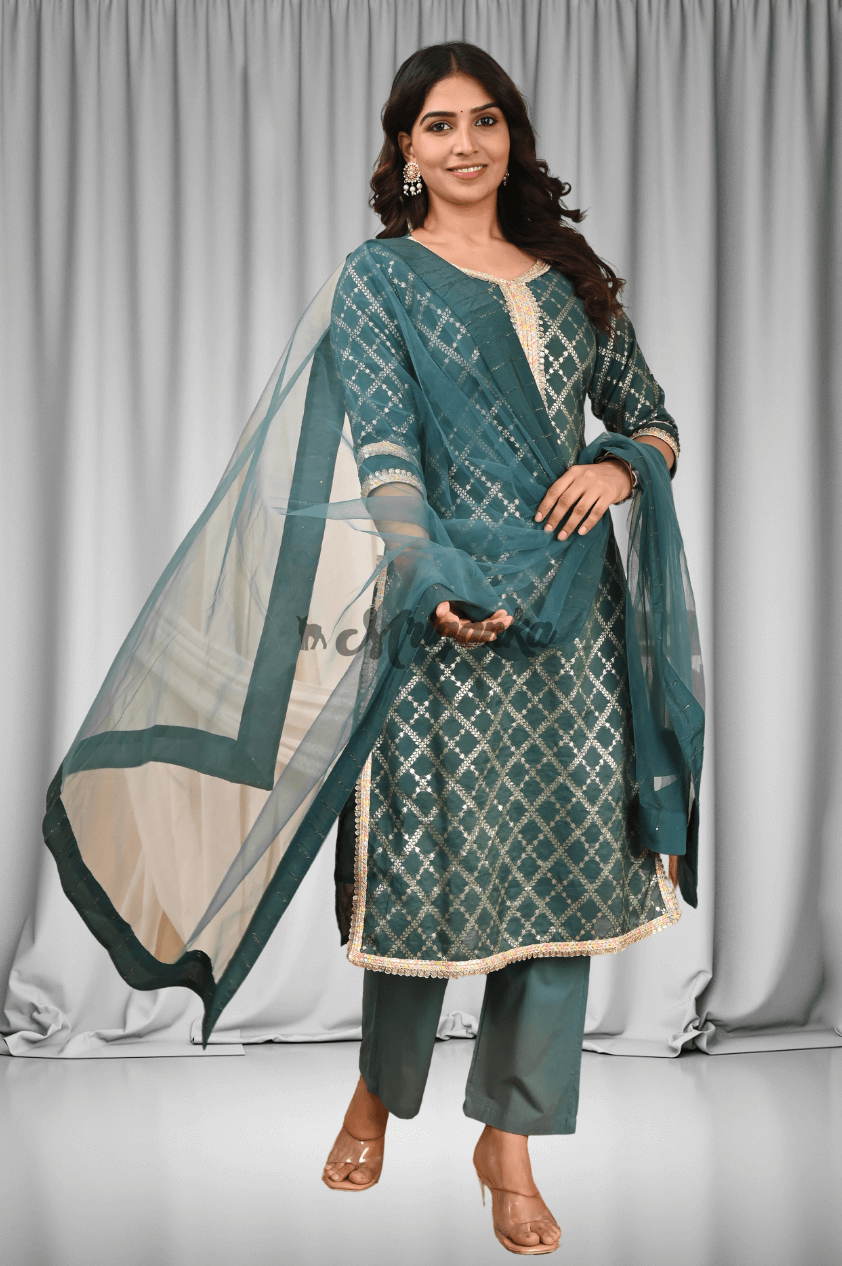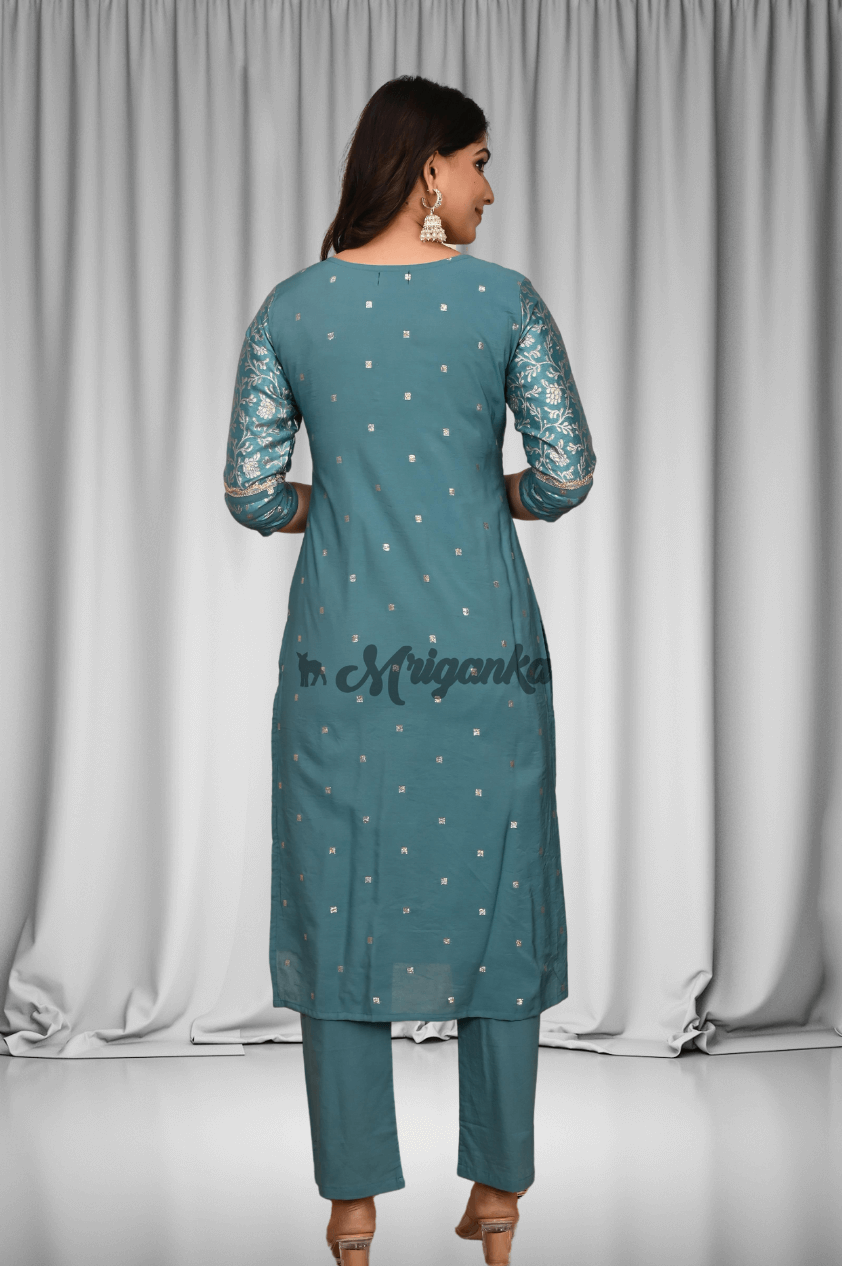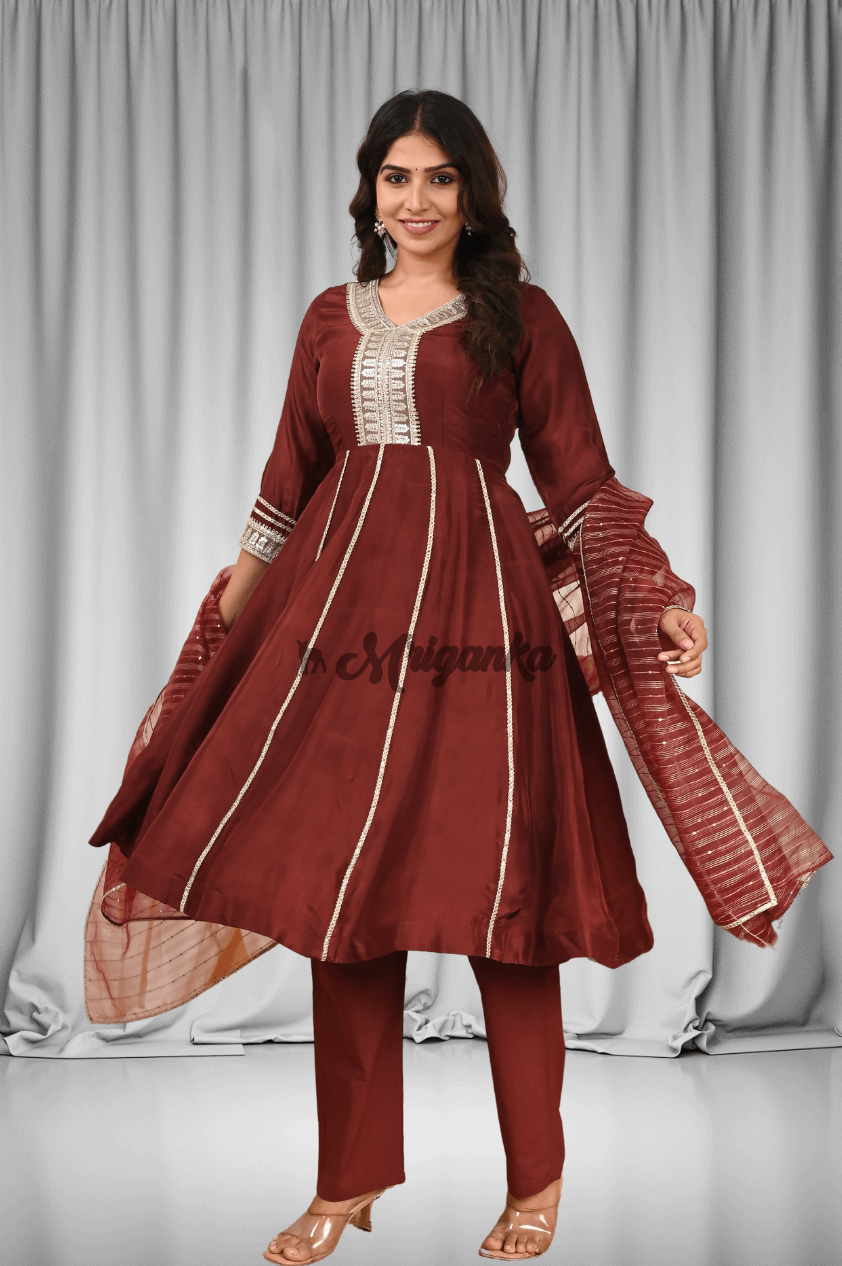The Evolution of Stoles: From Ancient to Modern
The Evolution of Stoles: From Ancient to Modern
Stoles, also known as dupattas in some cultures, are versatile and elegant accessories that have been a part of human history for centuries. From ancient times to the modern era, stoles have evolved in style, design, and cultural significance, becoming a staple in fashion and tradition across different regions of the world.
Ancient Stoles: Origins and History
The history of stoles dates back to ancient civilizations, where they were used not only as a fashion accessory but also as a symbol of status, wealth, and cultural identity. In ancient Egypt, stoles were worn by royalty and priests as a sign of their importance and power. They were made from luxurious fabrics such as silk, adorned with intricate embroidery, and sometimes embellished with precious jewels.
Similarly, in ancient Rome, stoles known as "stolas" were worn by women as a symbol of their marital status and social rank. The stola was a long, sleeveless tunic that was draped over the shoulders and held in place with a belt, creating a graceful and regal look.
Throughout history, stoles have been worn in various forms and styles by different cultures around the world, each with its unique symbolism and significance.
Modern Stoles: Trends and Fashion
Today, stoles are a popular fashion accessory worn by men and women of all ages and backgrounds. They come in a variety of styles, fabrics, and colors, making them versatile and suitable for any occasion.
In the world of fashion, stoles are often used to add a touch of elegance and sophistication to an outfit. They can be draped over the shoulders, wrapped around the neck, or worn as a belt to create a chic and stylish look. Stoles can also be used to add a pop of color or pattern to a monochromatic outfit, making them a versatile and essential accessory in any wardrobe.
One of the trends in modern stoles is the revival of traditional techniques and designs. Many designers are incorporating ancient embroidery techniques and patterns into their stole designs, giving them a unique and timeless appeal. This fusion of old and new creates a beautiful and culturally rich accessory that transcends time and trends.
The Cultural Significance of Stoles
Stoles hold deep cultural significance in many regions around the world. In India, for example, the dupatta is a traditional garment worn by women as a symbol of modesty and grace. It is often worn with traditional outfits such as sarees, salwar kameez, and lehengas, completing the look and adding a touch of elegance.
In South America, the stole is an integral part of the academic regalia worn by students and faculty during graduation ceremonies. The colors and designs of the stole often signify the field of study or academic achievement of the wearer, making it a symbol of accomplishment and recognition.
Stoles are also used in religious ceremonies and rituals around the world. In Christianity, clergy members wear stoles as a symbol of their authority and ministry. The color of the stole often changes according to the liturgical season or the occasion, adding a layer of symbolism and meaning to the garment.
The Beauty and Versatility of Stoles
One of the reasons why stoles have stood the test of time is their beauty and versatility. Whether worn as a fashion accessory, a religious garment, or a symbol of cultural identity, stoles have a timeless elegance that transcends trends and fads.
Stoles can be made from a wide range of fabrics, including silk, satin, wool, and cashmere, each offering a unique texture and drape. They can be plain or embellished with embroidery, sequins, beads, or fringe, adding a touch of glamour and sophistication to any outfit.
Stoles can be styled in many different ways, allowing the wearer to express their creativity and individuality. They can be worn casually with a pair of jeans and a t-shirt, or dressed up with a formal gown for a special occasion. The possibilities are endless, making stoles a versatile and essential accessory for anyone's wardrobe.
The Future of Stoles: Styles and Trends
As we look towards the future, it is clear that stoles will continue to evolve in style and design, reflecting the changing tastes and preferences of society. Designers are constantly experimenting with new fabrics, colors, and patterns to create fresh and innovative stole designs that appeal to a modern audience.
One of the emerging trends in stole fashion is sustainability and ethical sourcing. As consumers become more conscious of the environmental and social impact of fast fashion, there is a growing demand for stoles that are made ethically and sustainably. Many designers are now using eco-friendly fabrics and production methods to create stoles that are not only beautiful but also environmentally friendly.
Ultimately, the evolution of stoles from ancient to modern times showcases the enduring appeal and timeless elegance of this beautiful accessory. Whether worn for fashion, tradition, or symbolism, stoles continue to hold a special place in the hearts of people around the world, celebrating culture, beauty, and individuality.
Share this post:
















